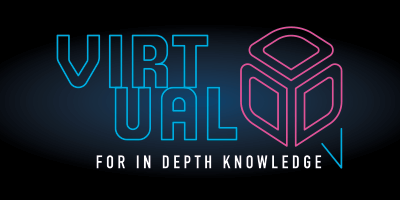How do you move an organisation of 15 teams and their single shared monolith from bi-annual releases to fortnightly releases in under four months? How do you reduce release pain and cost? Because of the monolith, we could not start with one team. We had to apply changes to all 15 teams at once. Four months later the organisation released every two weeks like clockwork and got faster feedback.
How do you know where to start, when technological and organisational challenges surround you?
To introduce change at scale, we used:
the Improvement Kata as a continuous improvement framework to execute and measure organisational change,
Value Stream Mapping to analyse the current delivery process,
and the Theory Of Constraints to choose which changes to apply first and start off the organisational changes we needed to improve quality and drive down lead times.
Four months later the organisation eventually reached a state of Continuous Delivery.
Six months after achieving Continuous Delivery, I realised it was not the plan that helped the organisation. Instead, Fear Conversations guided us. They allowed us to uncover, locate and understand the stakeholders’ fears. To then mitigate these fears and navigate the difficult conversations we had to have.
If you thought Continuous Delivery was just for the happy few having trendy microservices, think again!
